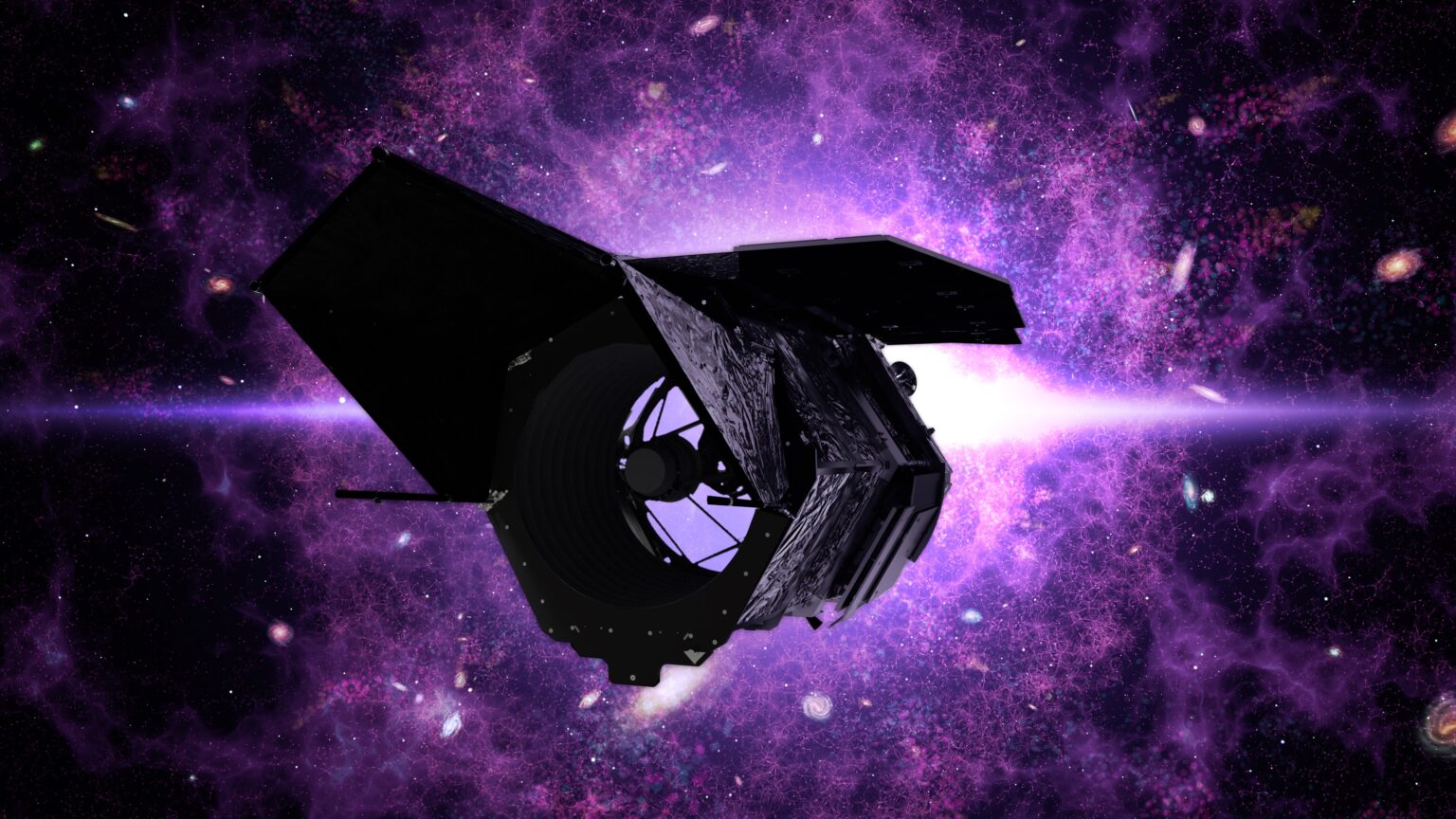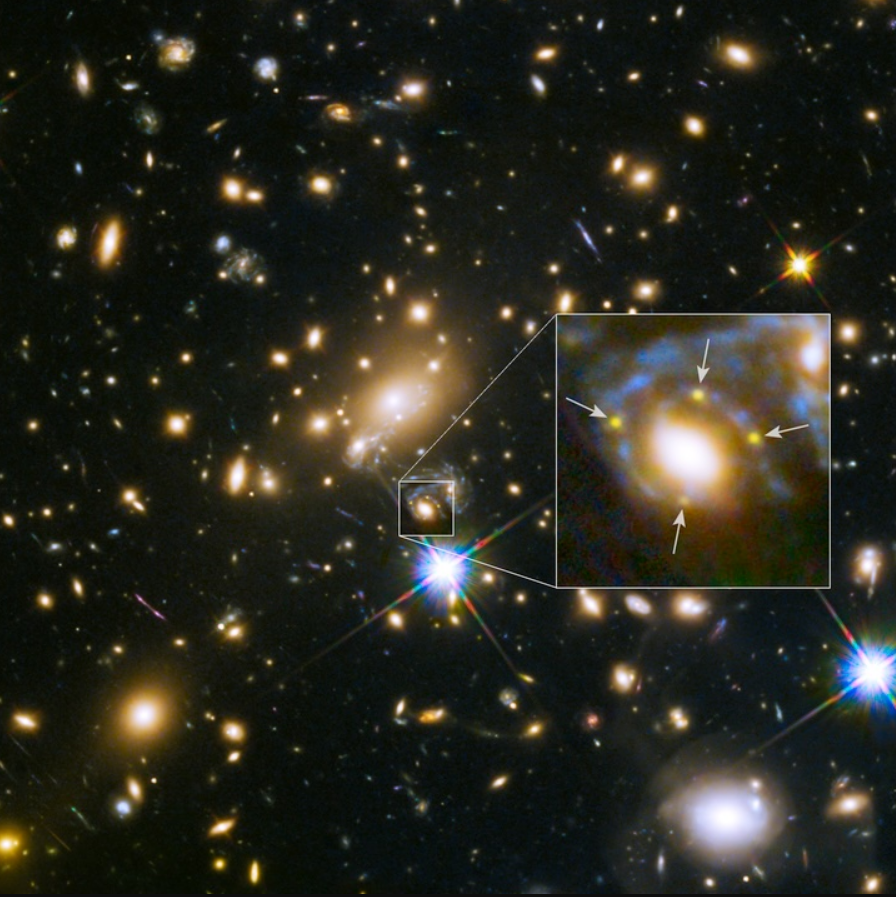Supernovae are a fascinating epic phenomenon of the end of a star’s life, which also reveals the secrets of their evolution. NASA’s upcoming Nancy Grace Roman Space Telescope will search for such supernovae. Its goal will be to search for elusive combinations of supernovae and gravitational lensing. With its field of view 200 times wider than Hubble’s, it will be able to detect more supernovae. If enough lens supernovae are found, they will help determine the rate of expansion of the Universe.

The light emission from supernovae is one of the most energetic phenomena in the Universe. That is why it is an object of study for astronomers. For decades, they have been studying light signatures, determining the type of every supernova, the distance to the source galaxy, and the rate of expansion of the Universe.
Another fascinating phenomenon is gravitational lensing, where gravity bends light from distant objects to reveal new regions of space. Although this phenomenon is quite rare, the probability of a supernova appearing in a gravitational lens is even lower.
The Nancy Grace Roman Space Telescope, scheduled for launch in 2027, will open up new opportunities for studying gravitationally lensed supernovae. The team led by Lou Stroller is already working on methods to search for such events using model images of gravitational lenses.

The planned methods will allow studying huge areas of the sky and detecting changes over time. Before the telescope is launched, the team has time to prepare for data processing to study gravitationally lensed supernovae.
Eight probable gravitationally lensed supernovae have already been detected, but the Nancy Grace Roman Space Telescope could provide new information that will help bring us closer to understanding the expansion of the Universe and the nature of dark matter and dark energy. These are exciting times in science.
According to universetoday.com

